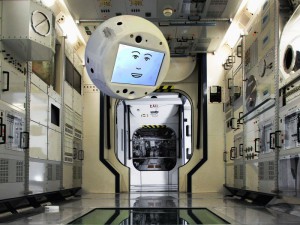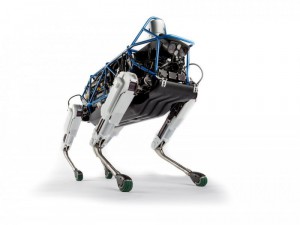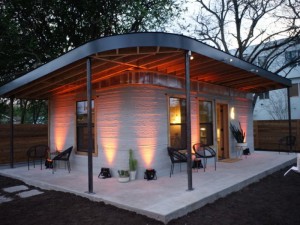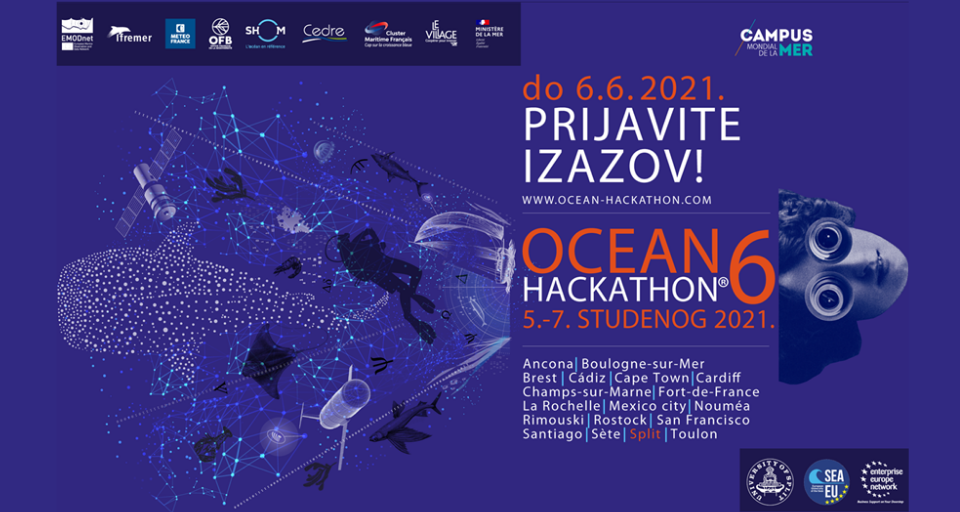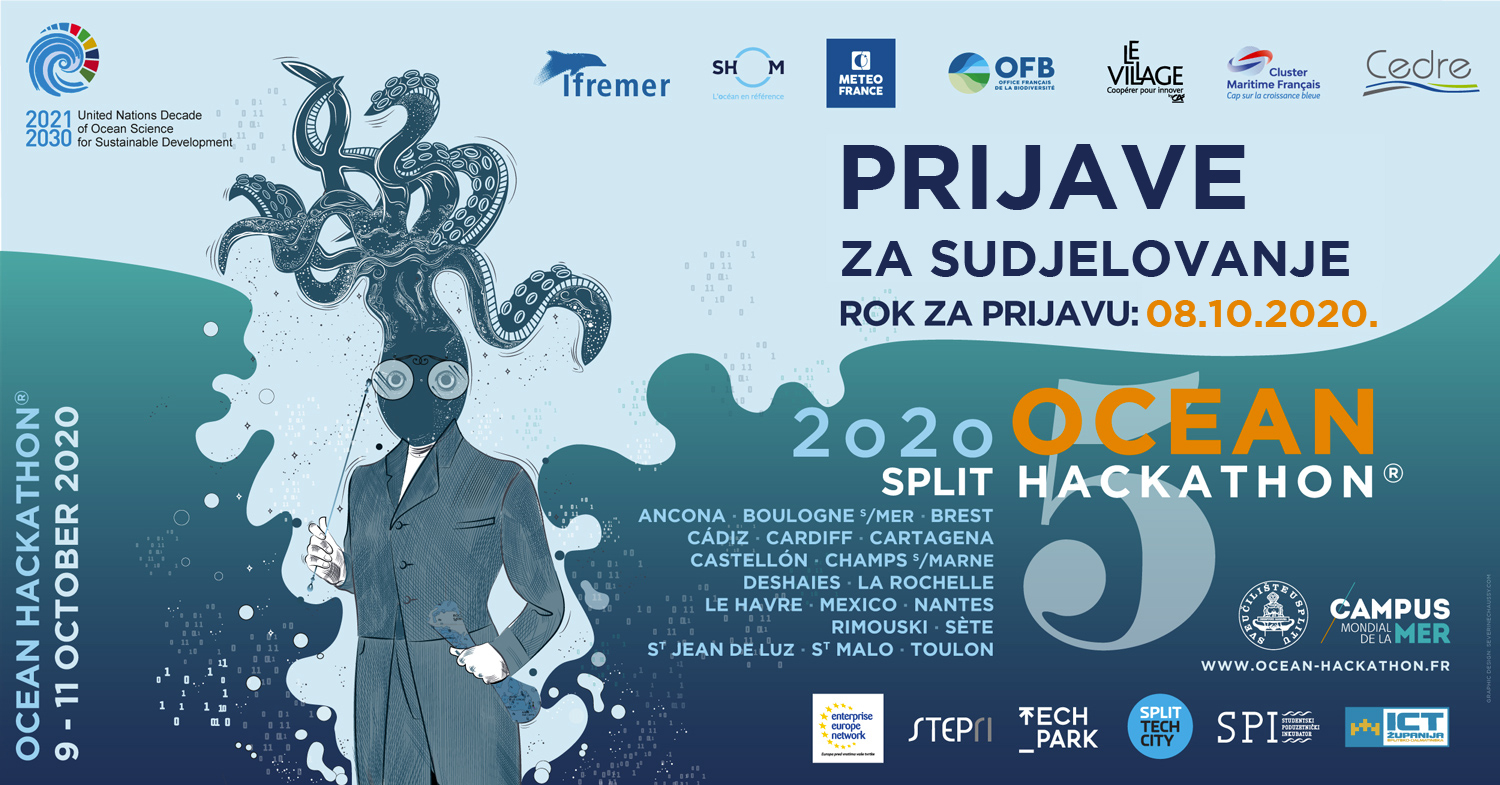
Israel: the startup nation
18/01/2019
“Europe`s tech & startup events 2019” calendar
23/01/2019Today, technology has advanced so much that absolutely anything is possible. The list shows all the inventions that saw the light of day in 2018. year. Some of them brought to life what we only saw in futuristic movies. Let’s start in order:
Airbus is developing a system to assist astronauts that will be sent on a mission to the International Space Station. It is about CIMON, a robot with artificial intelligence, it weighs about 5 kilograms and is only a little bigger than a basketball. It is made of plastic and metal, mostly 3D printed, and is powered by IBM’s Watson system. Its artificial intelligence recognizes natural languages, and it is equipped with the knowledge to help astronauts fix possible malfunctions, conduct space experiments or give simple medical advice to the crew.
2. Spot – a dog made of chips and metal
Boston Dynamics is one of the pioneers in the development of robots that were unimaginable 10 years ago. Most robots trip on the first step, but not Spot. The video presents the first commercial bot of the mentioned company, and its appearance resembles a meter tall dog, it moves on all fours and is dexterous enough to overcome stairs, stones, rocks and snow. It is electrically powered and hydraulically activated, and can carry a load of 23 kg and work for about 45 minutes on a single battery charge. It measures steps using a series of front, rear and side cameras, a gyroscope and a speedometer. The spot is hardware and software upgradable, so it can be adapted to different tasks. He can thus search the ruins or deliver packages from the van to the front door of the apartment. With an additional built-in hand, he can even open them.
3. V-280 Valor – faster than a helicopter, more agile than an airplane 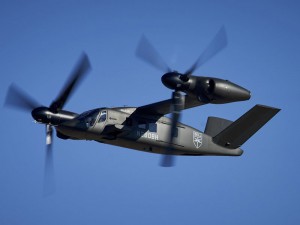
The Bell V-280 Valor is a tiltrotor aircraft developed by Bell Flight and Lockheed Martin for the US Army’s Vertical Lift (FVL) program. It is twice as fast – 500 kilometers per hour, and has twice the range of standard helicopters currently in military use. The V-280 Valor gives the military strategic capabilities, operational reach, and tactical agility. The design of the V-280 Valor supports ground maneuver and is purpose-built with the ability to carry more crew and troops – it can carry 4 crew and 14 troops. It is smaller and easier to manage than the previous versions of the tiltrotor, while the design is new and the engine does not rotate together with the propellers, so it does not overheat the terrain from which it takes off and does not raise as much dust as older versions.
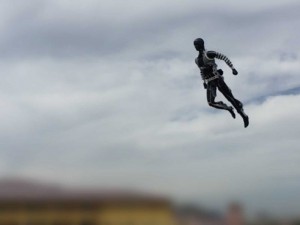 4. Stuntronics – humanoid flying robots
4. Stuntronics – humanoid flying robots
Until now, for the purpose of their films, Disney has been making humanoid robots that they would use as stuntmen. But this time, from Disney’s “Imagineering” sector came a humanoid stunt robot that has the ability to fly! Stuntronics can fly about twenty meters high, perform somersaults and flips, land safely and repeat the action. Built-in gyroscopes and speedometers help flyers to orient themselves in space and correct movements in flight.
5. Abilify MyCite – a pill that tells you when you’ve taken it
It is a tablet of aripiptazole, a generic drug and antipsychotic, which is used in the treatment of schizophrenics and patients with psychotic disorders (bipolarity and major depressive disorder). The Abilify MyCite system, which consists of sensors for an ingestible event and applications that form a monitoring system that allows patients and their doctors to know whether the medicine was taken on time or not, made sure that it was not another “ordinary” pill. Namely, after swallowing the medicine, the sensors in the technologically advanced medicine react and trigger an electrical signal that the sensor in the form of a patch catches and transmits to a mobile device. This is the first digital medicine approved by the FDA, the US Food and Drug Administration.
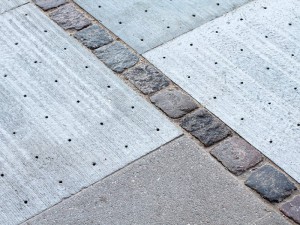 6 . Climate Tile – a material that “absorbs” water
6 . Climate Tile – a material that “absorbs” water
Climate change has increased the risk of sudden cloud breaks. In a few hours, it rains so much that the city’s sewage systems cannot absorb it, causing floods. In order to put an end to this, cities like Copenhagen started to cover the roads with Climate Tile instead of asphalt. It is a porous material that absorbs 30 percent more moisture, which passes through five millimeter-wide pores into underground tanks that also collect rainwater from roofs along the way. Part of that water later evaporates, and part of it is used to irrigate green areas.
7. A home garden that succeeds even with the greatest of talents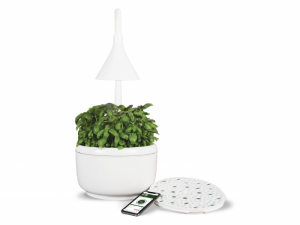
The company SproutsIO has come up with an ingenious invention intended for those who would like to farm on their balcony or in their apartment. Their smart home garden uses no soil at all and creates ideal conditions for the culture you plant in it. The device comes with preprogrammed recipes that automatically select the required amount of water, fertilizer and light. You can adjust all the parameters yourself, so you can choose the sweetness of tomatoes from indoor cultivation according to your own taste. The device consumes only two percent of the water that would be used to water the plants in the garden, but the plants in the apartment still grow three times faster than outside.
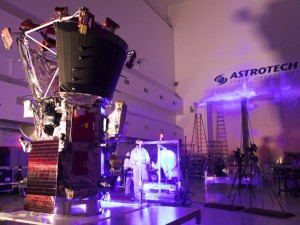 8. Parker Solar Probe – the fastest spacecraft of all time
8. Parker Solar Probe – the fastest spacecraft of all time
It’s official: NASA’s Parker Solar Probe is the fastest man-made object in history. It will fly at a speed of 700 thousand kilometers per hour in order to reach the Sun’s corona in seven years. Launched in August, the spacecraft will be able to get closer to the Sun than any previous spacecraft thanks to its carbon shield. The mixture from which its 12 cm thick cover is made is made of little carbon and as much as 97 percent air. Not enough rigid material for the heat of the Sun to heat it up, so it will be a comfortable 30 degrees Celsius inside the spacecraft, even when it heats up to 1400 degrees outside.
9. InSight – a mission deep into Mars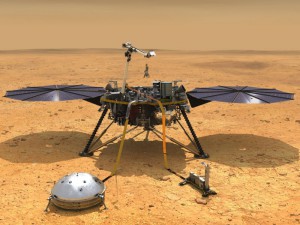
At the end of November, the 600-kilogram NASA unmanned aircraft rumbled through the atmosphere of Mars at a speed of 20,000 kilometers per hour. Six minutes after she landed on the Red Planet, the slow and delicate adjustment of numerous scientific instruments began. Unlike previous research rovers, InSight will dig five meters below the surface and give us our first glimpse of what Mars is really made of; how its volcanoes work and to measure ‘Marsquakes’ and the impact of meteorites on the planet.
To build a house usually requires several months of work by several hands. In Salvador, on the other hand, they build a house in one day, as long as it takes them to print it from a dedicated 3-D printer. The company ICON charges four thousand dollars for printing 60 square meters of a two-bedroom apartment. Intended for developing countries, the one-ton printer is transported to the construction site on a truck trailer. It is powered by a built-in generator that mixes various construction materials such as cement and sand. Next year, ICON intends to build about a hundred houses throughout South America.
11. Guardian GT – robotic arms that can lift up to half a ton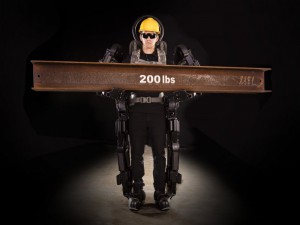
The company Sarcos conceived and designed a robotic exoskeleton that a person wears and controls movements. From basic labor-saving tasks to complex processes, this human-controlled industrial robot provides an unmatched combination of dexterity and strength for the operator. The robot’s arms are two meters long, strong enough to lift half a ton of cargo and at the same time skilled enough to connect two pipes, cut metal with a saw and press a button. Sensors in the control vest transmit to the operator a reduced sense of the forces on the robot’s arms. Of course, there are also two cameras, built into the robot’s shoulders, for a better overview of the terrain.
 12. A mug that automatically adjusts the temperature of your drink
12. A mug that automatically adjusts the temperature of your drink
The market is littered with thermoses of various sizes, shapes and designs, in which you can quite nicely keep your favorite drink cold or warm for hours. The company Ember went one step further and designed a ceramic mug that heats and cools the drink to your desired temperature and keeps it that way while it has energy in it that it can draw from the built-in charger. Only its outer layer is coated with ceramic; underneath are stainless steel, thermometers and battery-powered electronics in the bottom of the cup. Smartly, the temperature is adjusted using a mobile app.
13. Gravity – a flight suit in the style of Iron Man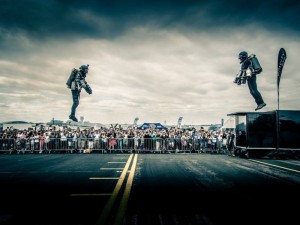
Jetpacks, jet-powered suits that allow a person to fly through the air, have gone in and out of fashion. Their life was short; their range was zero, and the factor of fear of carrying a jet engine above the rear should also be taken into account. Looking more like Iron Man’s suit than Flash Gordon’s gear, Gravity is powered by three kerosene microturbines; one on each arm, the size of a loaf of bread, and one on the back with a total of one thousand horsepower. There is also a fuel tank, big enough for eight minutes of flight.
























